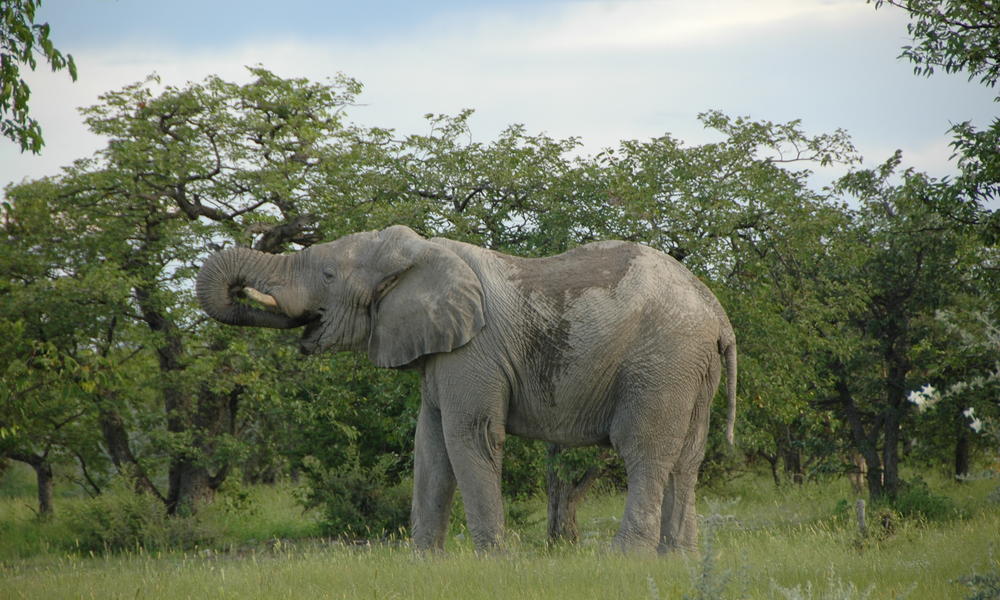Older people generally have a. They look for food together.
UK weather Heatwave to last for at least another week
Pupfish, foxes, and asses are among the creatures that like it hot.

Animals that live in warm places. The furry ears help to keep the cold out. Emperor penguins are extremely good at staying warm in the frigid antarctic winter. The animals and plants that live in a particular habitat have adaptations that allow them to survive there.
They can range from warm, moist areas near the equator—such as the amazon rain forest—to cold polar areas such as the arctic. To try to stay warm, animals like squirrels and mice may huddle close together. The furry paws act as snow shoes and help them to move in the snow easily.
The process is one aspect of homeostasis, the state of dynamic stability of internal conditions. Birds have an average body temperature of 105 °f. They also want their babies to be safe.
They are rather small and they look somehow like chameleons. Most other mammals range from 97 °f to 103 °f; They are not found exclusively in the desert.
Not all animals are fortunate enough to be able to dig their way out of the heat. The major types of animals living in the rainforests are monkeys, apes, gorillas, tigers, snakes as well as a variety of different birds and insects. Animals that stay on the surface have to adapt to the cold and icy environment.
Thermoregulation is the ability of an organism to maintain its body temperature within a specific range. For us, the commonly accepted average body temperature is 98.6 °f (even though it may vary among individuals). For example, one animal that lives comfortably in areas with frozen ground is the arctic fox (figure 1).
There are a few insects, like the winter stone fly, crane fly, and snow fleas, that are normally active in winter. As the earth gets warmer, plants and animals that need to live in cold places, like on mountaintops or in the arctic, might not have a suitable place to live. The light sleepers are those ground squirrels that live in warm places.
They can hide and blend in many places to avoid being seen by predators. Like camels, they have thick fur on their soles which helps them in running. They are the inhabitants of sahara desert of africa.
These animals thrive in the hottest places on earth. On the other hand, examples of deep sleepers are the arctic ground squirrels. Arcticfox, the canadian lynx, and the arctic hare are usually much larger than members of the same species living in warmer climates.
They are lizards and can be up to 25 inches (62 cm). They need to keep warm in winter. They want to be safe from other animals which may eat them.
some wild animals, like elephants, live in groups or herds. Habitats are characterized most often by climate and location. Like other desert animals, they too are nocturnal.
Some of them do not make homes for themselves. Geckos are one of the camouflaging masters of the desert. Some animals migrate to places with easier living conditions.
They live under the shade of trees or in caves. They have large furry paws and furry ears. They can live everywhere in warm weather and moist.
They need to keep dry if it rains. They feed on smaller animals like beetles and lizards. Other animals hibernate, sleeping the season away in warm burrows.
In this section, it will become clear that many animals that live in these hot and dry areas use the same features and habits to survive: Their tight group huddles, which can include several. In order to survive the hot climates of the tropical rainforests, the animals living here have developed certain.
They have adapted themselves in the 104°f of sahara desert. Like squirrels, the arctic fox. About press copyright contact us creators advertise developers terms privacy policy & safety how youtube works test new features press copyright contact us creators.
Hence, they get into dormancy during winter but wake up from time to time to feed and drink. 1) nocturnal desert animals this behavior of animals allows them to escape the heat of the day by hiding in burrows, shallows, and the shade of rocks during the day. For example, spider monkeys—which live in the trees of some tropical.

Precious Pics Photo Contest Winners ANIMALS/CREATURES
Why Do Venomous Animals Live In Warm Climates? YouTube

What Might Help an Animal Live in Cold Places? Animals

Grades 1 and 2 Science Elementary School Animals

How Do Arctic Animals Survive in the Cold? Wonderopolis

8 national parks in South Australia where you can see baby

Animal Facts Snowy owl Canadian Geographic
Animals That Live in the Hot & Dry Desert Sciencing

Animals That Live In African Plains Animal Enthusias Blog

Top 10 cold weather animals Depth World

Cheetahs The Fastest Land Animals Live Science
How Do Birds Stay Warm? — Arctic and Antarctic Birds

Heat tolerant animals and plants have special adaptations

Animal Babies in Grasslands Editors of Kingfisher

How to help native animals in hot weather Good Living

Chat with Vera Frozen Wild How Animals survive in the

Animals That Live in the Hot & Dry Desert Sciencing

Looking at Animals in Hot Places YouTube

Namibia Animals, Places and Threats WWF